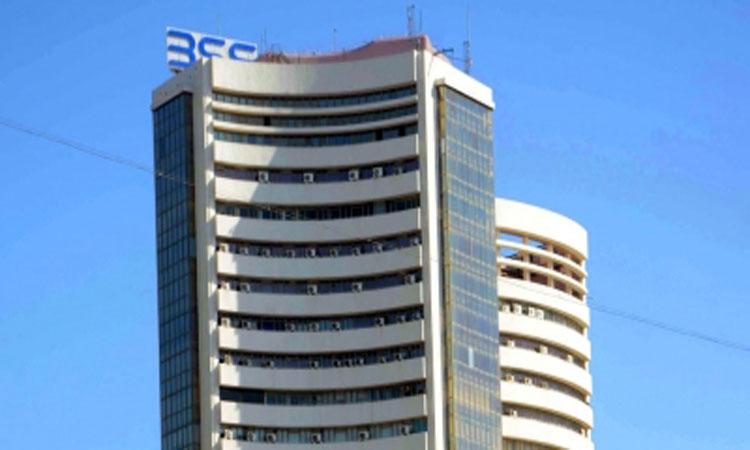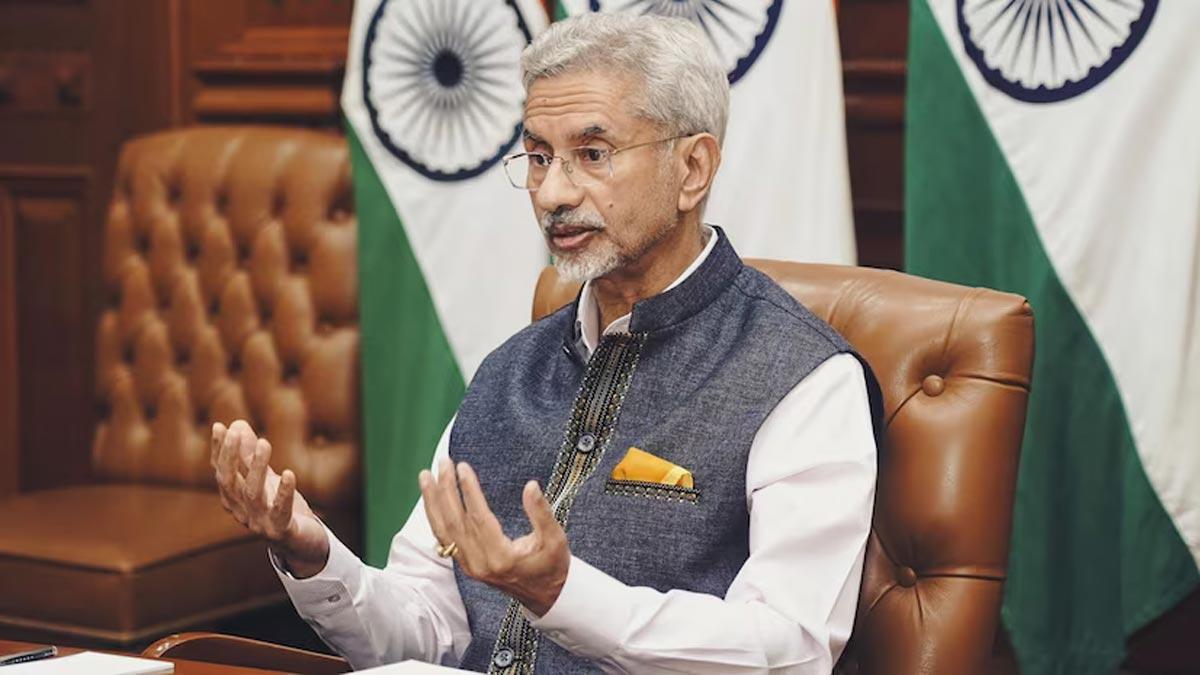An important feature of the current stock market rally is that it has bypassed the broad market. While the Nifty is up 8 per cent year to date (YTD), the Nifty Small Cap 100 is down 11.63 per cent YTD.
This explains the absence of celebration among retail investors whose portfolios are oriented towards small caps, says V.K. Vijayakumar, Chief Investment Strategist at Geojit Financial Services.
The significant characteristic of the ongoing rally is that it is a mature rally driven by high quality stocks. The earlier rally which took the Nifty from the March 2020 low of 7,511 to 18,604 in October 2021 was a one-way rally driven by liquidity and retail exuberance. Even inferior quality stocks participated in that rally.
In sharp contrast to that liquidity driven rally, the present rally which has taken the Nifty and Sensex above 18 per cent from the 2022 June lows, is a mature rally driven primarily by fundamentals, Vijayakumar said.
Banking stocks, supported by sharp improvement in profitability and improving prospects, are leading this rally. High quality stocks in Oil and Gas, telecom, IT, automobiles, and industrials also are participating in the rally.
Vijayakumar said SIPs and retail money did act as a counter to FII outflows when FIIs were sustained sellers in the market. SIPs now are strong at Rs 13,000 crore a month. And retail investors now account for 52 per cent of the daily trading volume. In brief, domestic money has emerged as a formidable force to reckon with.
FIIs turned buyers having bought equity worth Rs 36,238 crore till November 30.
Narendra Solanki, Head Fundamental Research, Investment Services, Anand Rathi Shares & Stock Brokers, said if you look at the overall composition of participation of sectors in indices like Nifty.
For the calendar year sectors like Financials specially Banks, Auto, Consumer mainly staples have been the biggest contributor to the gains while sectors like IT and Healthcare underperformed significantly.
Over the past month, what happened is that previous outperformers have maintained or added to their gains while some initial underperformers like IT, Cyclicals like Metals, Commodities, have seen some rebound which helped in indices scaling new highs, Solanki said.
SIPs are sticky flow and we have seen that in current calendar year SIP monthly flows have consistently remained above 10,000 crore mark which acts as a cushion in periods of global led volatility like in past few quarters.
Earlier the markets were exposed to short term volatility flows by FIIs and we have seen its impact on markets. Now since the rise of active retail investors and their confidence in domestic growth has helped broader markets in lowering risks due to FII flows to some extent, Solanki said.
Amber Pabreja, Founder and CEO of Trendlyne, said multiple global and domestic factors have come together to drive a record rally in Indian stock markets.
Pabreja said one of the three factors driving this is inflation, India's inflation has been relatively low compared to the rest of the world, as theFinance Ministry recently pointed out, the country's retail inflation in the first six months of the financial year was at 7.2 per cent, lower than global inflation of 8 per cent.
Also Read | See-saw battle between interest rate and market indices
Also, the Q2 results for Indian companies also showed surprising resilience, cheering domestic investors who have continued to put money into Indian equities. While rising interest rates resulted in an outflow from debt mutual funds, equity is booming, with net inflows of Rs 14,047 crore in October 2022, Pabreja said.
A third factor is that FIIs have been bullish on Indian stocks, pumping in over Rs 1,18,600 crore into the stock market over the past 30 days across equity, debt and F&O. A major driver of increased FII interest is China's weaker outlook.
Global investors have a very different view of China post-pandemic. With Covid Zero leading to unexpected shutdowns and disruptions, investors and manufacturers are looking for a China alternative, and the Indian elephant is emerging as a potential investing and manufacturing hub, Pabreja said.
S. Hariharan, Head, Institutional Equity Sales, Emkay Global Financial Services, said in terms of market capitalisation, India stands at $3.96 trillion, with 5 countries ahead of us -- these five countries average 2.3 per cent GDP growth for this year, and excluding China, the growth stands at 1.7 per cent.
Even the four countries behind India in the top 10 in the world average 1.8 per cent. As a result, India at 7 per cent GDP growth for FY23 stands out in the context of global opportunities. Hence, it is not wholly surprising that India has out-performed global markets this year.
Structurally, domestic household savings have reached a tipping point where incremental annual allocation to equities through SIPs can average $20 bn, which can more than adequately offset even FII outflows of a similar pace as seen this year.
Currently, bank deposits yield on average 70 bps lower than 10-year G-Sec rates -- the most adverse differential since 2001. As a result of poorer risk-adjusted alternatives, domestic flows into equities can be expected to sustain going ahead. If there were a meaningful re-pricing of deposits, there can be a short-lived switch of flows out of equities into fixed income instruments, Hariharan said.
Rachit Chawla, CEO FInway FSC, said the Indian market has been depicting bullish trend despite the worldwide equity rout. One of the major factors behind the record rally of the Sensex and Nifty has be the return of foreign investments bolstering the benchmark S&P BSE Sensex Index.
The foreign institutional investors or FIIs, who had been the net sellers in the Indian market a few months back, have now paced down the redemptions and turned into the net buyers; giving a significant boost to the Indian market. Another key driver behind the ongoing rally is the strength of the US economy indicating a lower probability of an immediate recession.
Also Read | Explaining the conundrum: It happens when GDP grows, corp earnings rise
Local retail money helped to safeguard the Indian market in the early quarters of 2022; however, the stock started to get higher than its lows in June as overseas buyers gradually returned.
Chawla said retail investments and systematic investment plans (SIPs) have put in more money when the equity markets fell. When the market rallied, the retail investors booked more profits. There has been steady rise in the foreign institutional investors (FII) too.
Although while the FIIs pulled out Rs 2.77 lakh crore from the Indian equity markets in 2022 so far, the domestic institutional investors (DII) have invested Rs 2.56 lakh crore. Also, the FIIs have been the net sellers in nine out of 11 months of the year, while the DIIs have been net sellers in only two months.


















